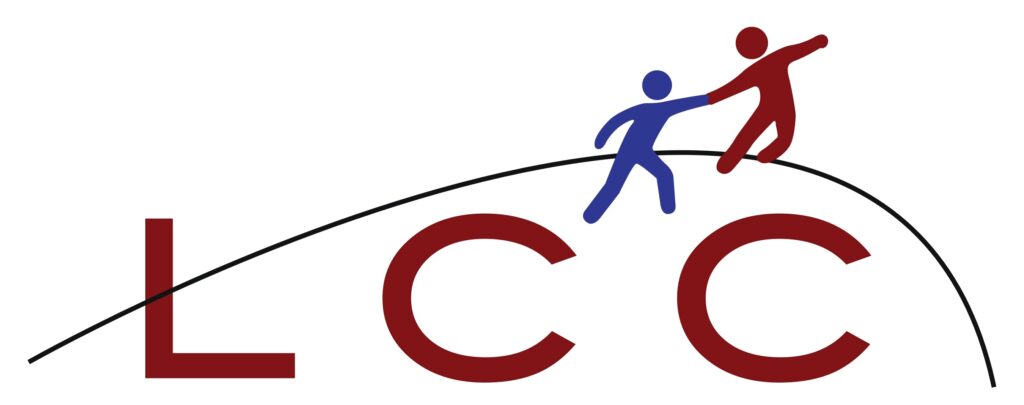The Application Process: What Decision Program to Pick? – Part II

In our last post, we discussed two application plans: Regular Decision (RD) and Early Decision (ED). Here, we’ll discuss the remaining application plans: Rolling Admissions (RA), Early Action (EA), and Early Decision II (EDII). Not all schools offer these plans, but you can take advantage of those that do. First, let’s describe them.
Rolling Admissions
RA can essentially be summed up in this way: First come, first served. The plan allows students to apply at almost any time during the fall or early spring, as long as seats are not filled up in the incoming class. Colleges that operate under this plan include the University of Missouri, Seton Hall University, and the University of Tulsa. The University of Michigan is on a hybrid RD/RA plan.
Schools offering RA generally aren’t the most selective schools in the country, but if a student is interested in applying to schools late in the game, RA can be a helpful option.
Early Action
EA is far more common than RA, but it’s a little confusing. We’re looking at two quite different types of application plan…
- Non-restrictive EA
Non-restrictive EA, offered at Chicago, Cal Tech, and MIT, is a plan that allows students to apply early – typically in early November –and receive a decision by mid-December. Depending on whose numbers you look at, there could be a slight advantage to applying under this plan. If a student is admitted he is not “locked into” attending the school.
There are few true disadvantages to applying under non-restrictive EA. The timing can be an issue for some students, though, as they might not have earned their highest SAT score by the October test date (the latest test date that this plan will consider) or, if their spring junior year grades are less than stellar they won’t be able to show schools their fall grades. Aside from these factors, though, non-restrictive EA is thoroughly advantageous to the student.
- Restrictive EA (REA)
However, not every student will be allowed to apply non-restrictive EA, as schools in the REA category will prevent applicants from applying early to anywhere else. Stanford, Yale, and Boston College all offer REA, which again does not require the student to attend the school, but gives her a bit of a boost in terms of admissions. Yale, for instance, has an RD acceptance rate of approximately 6 percent. Their REA acceptance rate hovers around 14 percent. Stanford’s numbers are almost exactly the same as Yale’s.
So, REA does give students an edge without locking them into the school. However, students will need to sacrifice applying to all other schools early (aside from those offering EDII) if they apply under REA.
Early Decision II
EDII is a relatively recent phenomenon, and it’s one of the more difficult to understand, but let’s try to go through it. EDII is the same as ED, but the application date usually falls right around the RD deadline. To clarify, let’s review a scenario that would prompt a student to apply under EDII.
Were a student to apply ED or EA to a school, they would typically do this at the beginning of November. The school would inform them if they were admitted or denied by December 15. If this student was denied ED from, say, the University of Pennsylvania, they would still have two weeks in order to apply under an EDII plan – for instance, at NYU – with the “bonus” that typically accompanies ED.
As you might guess, schools that offer EDII are solid schools, but they’re targeting the students denied from top-tier ED schools. There aren’t too many schools currently offering EDII, but the list is growing. As mentioned above, NYU offers the plan, as do Claremont McKenna, Emory University, and Vanderbilt University.
The Final Word: Strategize!
It might seem unfair, but much of a student’s success or failure in the application process is determined by factors outside of grades and test scores, specifically in terms of the applicant’s decision plan. Begin thinking about this approach now in order to make sure that your odds of acceptance are increased as much as possible.
